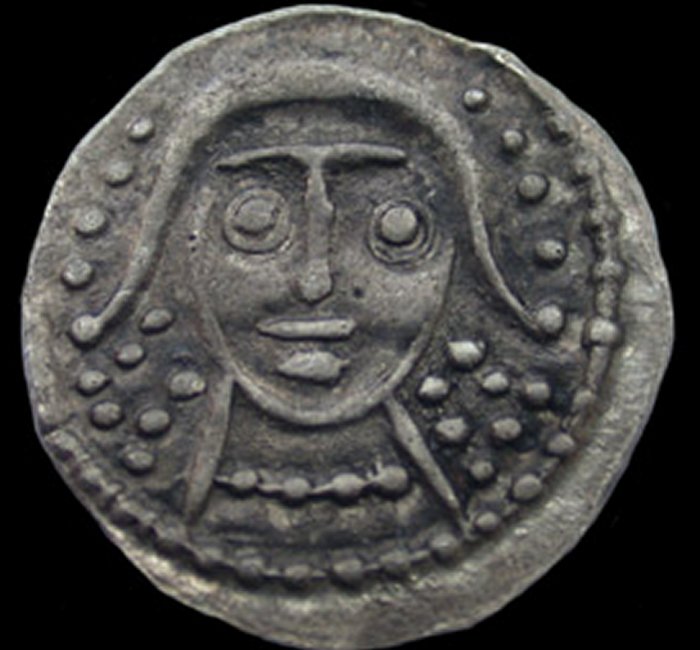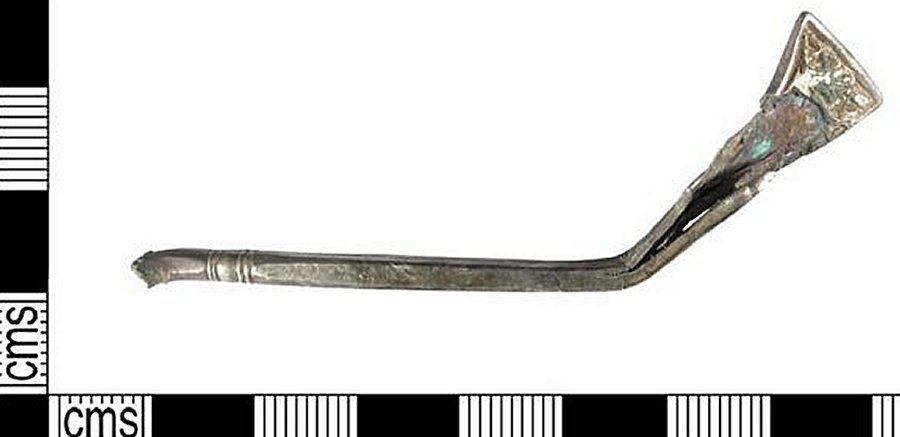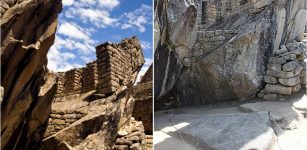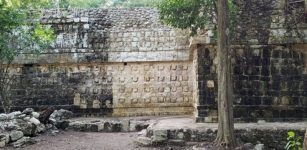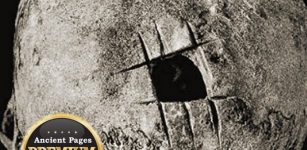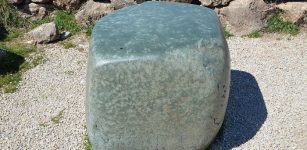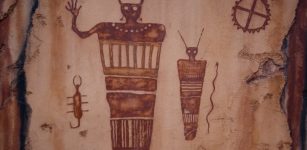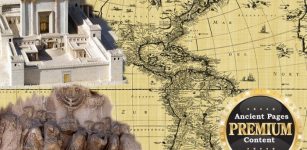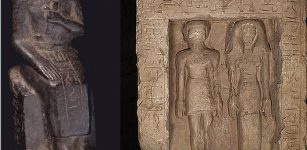Anglo-Saxon Previously Unknown Monastic Or Trading Center – Discovered
AncientPages.com - The remains of an Anglo-Saxon island - home to a Middle Saxon settlement - have been uncovered at Little Carlton near Louth, Lincolnshire by archaeologists from the University of Sheffield.
One of the most important archaeological finds in decades, settlement is thought to be a previously unknown monastic or trading center.
The exciting discovery was made after a local metal detectorist Graham Vickers reported an intriguing item to the Lincolnshire Finds Liaison Officer (FLO), Dr Adam Daubney, from the Portable Antiquities Scheme which encourages the voluntary recording of archaeological objects found by members of the public in England and Wales.
![A clay hearth base - possibly of an oven - was one of the many secrets uncovered by the Lincolnshire dig [Credit: University of Sheffield]](https://www.ancientpages.com/wp-content/uploads/2016/03/clayhearthanglosaxisland20.jpg)
A clay hearth base - possibly of an oven - was one of the many secrets uncovered by the Lincolnshire dig [Credit: University of Sheffield]
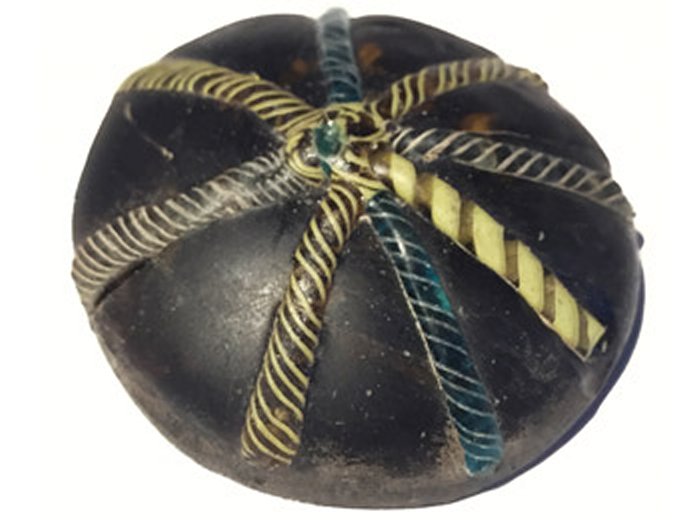
A glass counter decorated with twisted colourful strands found at the site. Credits: The University of Sheffield
The large number of artefacts now include a total of 21 styli, around 300 dress pins, and a huge number of ‘Sceattas’, coins from the 7th-8th centuries, as well as a small lead tablet bearing the faint but legible letters spelling ‘Cudberg’ which is a female Anglo-Saxon name.
Dr Hugh Willmott and Pete Townend, a doctoral student from the University of Sheffield’s Department of Archaeology, visited the site to carry out targeted geophysical and magnetometry surveys along with 3D modelling to visualise the landscape on a large scale.
“Our findings have demonstrated that this is a site of international importance, but its discovery and initial interpretation has only been possible through engaging with a responsible local metal detectorist who reported their finds to the Portable Antiquities Scheme,” Dr Willmott said, in a press release.
Nine evaluation trenches opened by students from the University, revealed a number of intriguing items including an area which seems to have been an area of industrial working, as well as very significant quantities of Middle Saxon pottery and butchered animal bone.
“It’s been an honour to be invited to work on such a unique site and demonstrate the importance of working with local people on the ground; one of the greatest strengths of the University of Sheffield is its active promotion of an understanding of our shared pasts for all concerned,” added Dr Willmott.
AncientPages.com
source: The University of Sheffield

